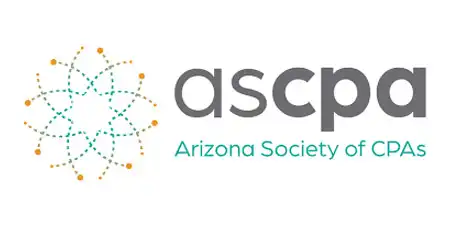Inflation Reduction Act: Spending and Revenue Highlights
On August 16, President Biden signed into law the Inflation Reduction Act of 2022, which passed Congress on party-line votes.
According to Investopedia (citing Congressional Budget Office estimates), the $437 billion legislation is projected to raise $737 billion over 10 years, yielding $300 billion in deficit reduction. Estimates from other credible sources vary.
With the stated purpose of reducing the federal deficit and the rate of inflation, the Act seeks to promote, among other objectives, investment in clean energy and reductions in carbon emissions.
As for whether the Act will reduce inflation, only time will tell. In the meantime, here are some highlights of its spending and revenue provisions.
WHAT THE ACT WILL DO
Green Energy. Most of the Act’s outlays are for green energy incentives, mostly in the form of tax credits. In some cases, the credits are extensions and expansions of current credits, such as for electric vehicles or residential energy property.
- The residential clean energy (REEP) credit is 30% of the costs incurred for qualifying clean energy projects placed in service from January 1, 2022 through December 31, 2032. That is an increase from the 26% for property placed in service before January 1, 2022.
- The Clean Vehicle Credit is extended through 2032, and the limitation on the number of vehicles eligible for the credit has been eliminated (effective for vehicles sold after December 31, 2022). Limitations apply to which vehicles qualify for the credit. The credit for new vehicles remains at $7,500, and a new credit for used vehicles has been added (the lesser of $4,000 or 30% of the purchase price). Credits are subject to an adjusted gross income threshold (eligibility ends at $150,000 for single taxpayers and $300,000 for married couples filing jointly).
As for other provisions:
- Energy Security and Climate Change. The Act includes numerous investments in climate protection, including tax credits for households to offset energy costs, investments in clean energy production, and tax credits aimed at reducing carbon emissions.
- Medicare Drug Prices. Starting in 2025, Medicare recipients will have a $2,000 cap on annual out-of-pocket prescription drug costs. The Act will allow Medicare to negotiate the price of certain prescription drugs, bringing down the price that some Medicare beneficiaries pay for their medications. (This provision is estimated to generate federal revenues of $265 billion.)
- Affordable Care Act (ACA) Premium Subsidy. Federal health insurance premium subsidies, which were scheduled to expire at the end of 2022, are now extended through 2025.
HOW THE ACT WILL BE FUNDED
All revenue estimates are based on Congressional Budget Office (CBO) 10-year estimates.
- Corporate Alternative Minimum Tax (AMT). Effective for tax years beginning after 2022, the new corporate AMT is expected to generate $222 billion in tax revenues. It applies only to large corporations with average annual Adjusted Financial Statement Income (AFSI) in excess of $1 billion over the three prior tax years.
- Stock Repurchases. The Act includes a 1% excise tax on post-2022 stock repurchases by domestic public corporations whose stock trades on a securities market. (A repurchase is a redemption, or any transaction determined to be economically similar to a redemption.) The tax, projected to raise $74 billion, would not apply if the amount of net buybacks for a corporation is less than $1 million.
- IRS Collections. Enhanced tax collection is a key funding source for the Act, which makes a 10-year, $80 billion investment in the Internal Revenue Service to expand the agency’s tax-collection efforts. The enhanced collection efforts are projected to generate $124 billion. Pursuant to a directive issued by Treasury Secretary Yellen, the IRS is not to increase examinations of taxpayers making less than $400,000.
- Passthrough Loss Limitations. The Act includes a further extension of the excess business loss limitation of $500,000 annually, as it applies to partnership and S corporations, through 2028. This provision is simply a revenue raiser ($52 billion) and was last extended for the same purpose by the American Rescue Plan Act of 2021.
- Small Business Research Credit. In tax years beginning after 2015, certain qualified small businesses have been able claim a limited amount of the research credit against payroll taxes. For tax years beginning after 2022, the Act increases the amount of this limitation from $250,000 to $500,000.
If you have questions about how the Inflation Reduction Act affects your specific situation, please contact your Walker & Armstrong tax professional.




